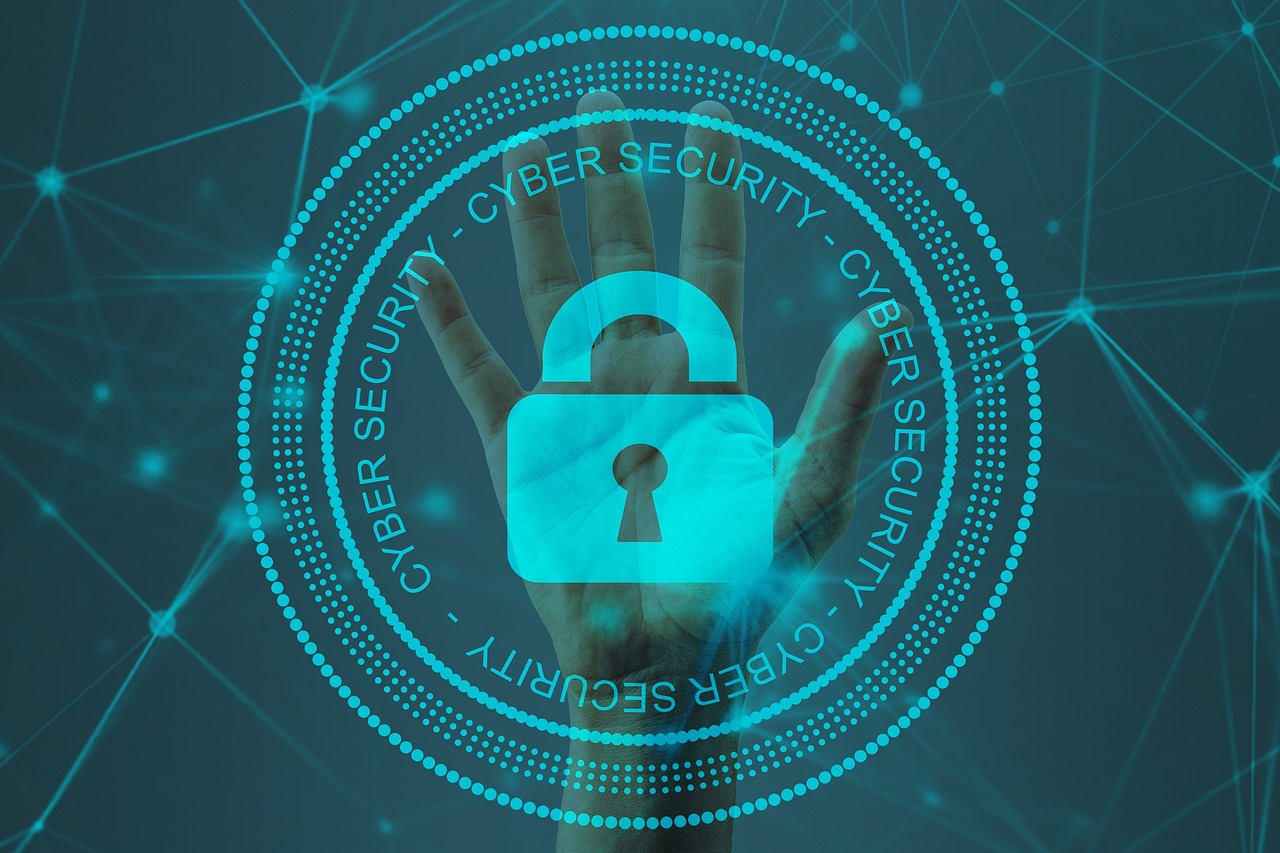Security Best Practices for SaaS Applications: End-User Guidelines
 Victor Uzoagba
Victor Uzoagba
In today's digital landscape, security isn't just an IT department's responsibility—it's everyone's concern. As organizations increasingly rely on SaaS (Software as a Service) applications, understanding and implementing proper security measures has become crucial for all users. This comprehensive guide will walk you through essential security practices to protect your organization's SaaS applications and data.
Introduction
The shift to cloud-based SaaS applications has revolutionized how we work, offering unprecedented flexibility and scalability. However, this transformation brings unique security challenges. From data breaches to account compromises, the threats are real and evolving. According to recent studies, 43% of data breaches target SaaS applications, making security awareness and implementation critical for every user.
Whether you're an end-user accessing company resources or an administrator managing team permissions, these guidelines will help you maintain robust security practices in your daily operations.
Account Security Fundamentals
Password Management
The foundation of strong security starts with proper password management. Here's how to create and maintain secure passwords:
Creating Strong Passwords:
Use at least 12 characters
Combine uppercase and lowercase letters, numbers, and special characters
Avoid common words, phrases, or personal information
Create unique passwords for each application
Password Best Practices:
Never share passwords via email or instant messaging
Change passwords immediately if a breach is suspected
Use a password manager to generate and store complex passwords
Enable password expiration notifications
Recommended Password Managers:
1Password for Teams
LastPass Enterprise
Dashlane Business
Bitwarden
Two-Factor Authentication (2FA)
Two-factor authentication adds an essential second layer of security beyond your password. Think of it as adding a deadbolt to your door lock—it significantly increases security with minimal inconvenience.
Types of 2FA:
Authenticator Apps (Most Secure)
Google Authenticator
Microsoft Authenticator
Authy
SMS Verification (Basic)
Text message codes
Less secure but better than no 2FA
Hardware Keys (Highest Security)
YubiKey
Google Titan
ThalesKey
Setting Up 2FA:
Access your application's security settings
Choose your preferred 2FA method
Follow the setup wizard
Store backup codes in a secure location
Test the authentication process
Access Control Management
User Roles and Permissions
Implementing proper access control is crucial for maintaining security while ensuring productivity. The principle of least privilege should guide all access decisions—users should have the minimum permissions necessary to perform their jobs.
Understanding Permission Levels:
Admin: Full system access (restrict to minimal users)
Manager: Department or team-level access
User: Standard access to necessary functions
Guest: Limited, temporary access
Best Practices for Role Management:
Regularly audit user roles
Remove unnecessary privileges promptly
Document role changes
Implement approval workflows for role modifications
Secure Data Handling
Sensitive Data Identification
Understanding what constitutes sensitive data is the first step in protecting it. Organizations typically handle various types of sensitive information that require specific security measures.
Types of Sensitive Data:
Personal Identifiable Information (PII)
Social Security numbers
Driver's license numbers
Passport information
Birth dates
Financial Information
Credit card numbers
Bank account details
Payment records
Business Data
Client contracts
Pricing strategies
Intellectual property
Product roadmaps
Regulatory Requirements: Different industries have specific compliance requirements:
GDPR: European data protection regulation
HIPAA: Healthcare data privacy
PCI DSS: Payment card security
SOX: Financial reporting standards
Data Sharing Practices
Proper data sharing protocols are essential for maintaining security while enabling collaboration.
Secure File Sharing Guidelines:
Internal Sharing
Use approved company platforms
Set appropriate access levels
Enable link expiration dates
Track document access history
External Sharing
Verify recipient identity
Use encrypted transfer methods
Set password protection
Enable download limits
Session Security
Login Safety
Maintaining secure sessions is crucial for preventing unauthorized access to your SaaS applications.
Best Practices for Secure Login:
Verify the URL before entering credentials
Look for HTTPS and valid SSL certificates
Never save passwords on public devices
Log out after each session
Session Timeout Settings:
Set appropriate timeout periods
15 minutes for sensitive applications
30-60 minutes for standard applications
Enable automatic screen locks
Implement forced logouts after multiple failed attempts
Device Security
Your device security directly impacts your SaaS application security.
Device Management Guidelines:
Company Devices
Keep operating systems updated
Install approved security software
Enable disk encryption
Use VPN when accessing company resources
Personal Devices (BYOD)
Follow company BYOD policies
Install required security applications
Separate personal and work data
Report lost devices immediately
Security Incident Response
Recognition and Prevention
Being able to identify potential security incidents is crucial for rapid response.
Common Security Red Flags:
Unexpected password reset emails
Unusual login locations or times
Unrecognized device notifications
Strange account activity
Performance changes
Immediate Response Actions:
If You Suspect a Breach:
Change passwords immediately
Enable additional security features
Log out of all active sessions
Notify your security team
Document the incident
Preventive Measures:
Regular security training
Phishing awareness
Security update compliance
Regular security assessments
Incident Documentation
Proper documentation helps improve security measures and aids in recovery.
Required Information:
Date and time of incident
Description of the issue
Systems affected
Actions taken
Resolution status
Compliance and Auditing
Regular auditing ensures ongoing security compliance and helps identify potential vulnerabilities.
Audit Requirements:
Weekly security log reviews
Monthly access audits
Quarterly compliance checks
Annual security assessments
Documentation Requirements:
User access logs
Security incident reports
Policy acknowledgments
Training completion records
Best Practices Checklist
Stay secure by following these regular security maintenance schedules:
Daily Security Habits
[ ] Log out of applications when not in use
[ ] Verify email sender addresses before clicking links
[ ] Use secure networks or VPN
[ ] Lock devices when stepping away
[ ] Report suspicious activities immediately
Weekly Security Checks
[ ] Review recent account activity
[ ] Update passwords if necessary
[ ] Clear browser cache and cookies
[ ] Check for required software updates
[ ] Review shared file permissions
Monthly Security Audits
[ ] Review all active sessions
[ ] Update security questions
[ ] Check third-party app permissions
[ ] Verify recovery contact information
[ ] Review access logs
Annual Security Reviews
[ ] Complete security training
[ ] Update emergency contacts
[ ] Review and update security policies
[ ] Perform comprehensive access audit
[ ] Update compliance documentation
Tools and Resources
Recommended Security Tools
Password Security:
Password Managers
1Password ($3.99/user/month)
LastPass ($4/user/month)
Features to look for:
End-to-end encryption
Team sharing capabilities
Access control options
Mobile device support
Security Monitoring:
Authentication Tools
Duo Security
Okta
OneLogin
Activity Monitoring
Splunk
DataDog
New Relic
Additional Resources
Training Materials:
Security awareness courses
Phishing simulation tools
Compliance training modules
Best practices documentation
Support Resources:
IT help desk contact information
Security team escalation procedures
Emergency response protocols
Vendor support contacts
Troubleshooting Guide
Common Security Issues and Solutions
Account Access Problems:
Locked Account
Wait for timeout period
Contact IT support
Verify identity through secondary means
Reset password if necessary
Suspicious Activity
Document the activity
Change passwords immediately
Enable additional security features
Report to security team
Permission Issues:
Access Denied
Verify correct login credentials
Check permission levels
Request access through proper channels
Document access requirements
Integration Problems
Check API keys and tokens
Verify service status
Review integration settings
Contact vendor support
Appendix
A. Glossary of Security Terms
2FA: Two-Factor Authentication
BYOD: Bring Your Own Device
DLP: Data Loss Prevention
MFA: Multi-Factor Authentication
RBAC: Role-Based Access Control
SSO: Single Sign-On
VPN: Virtual Private Network
B. Security Policy Templates
Basic Security Policy:
1. Purpose
2. Scope
3. Policy Statements
4. Compliance Requirements
5. Enforcement
6. Exceptions
7. Review Period
C. Security Checklist Templates
New User Onboarding:
[ ] Create account with strong password
[ ] Enable 2FA
[ ] Assign appropriate role
[ ] Complete security training
[ ] Acknowledge security policies
[ ] Set up password manager
[ ] Install required security tools
D. Incident Response Forms
Security Incident Report Template:
Date: [DATE]
Time: [TIME]
Reporter: [NAME]
Incident Type: [TYPE]
Description: [DESCRIPTION]
Systems Affected: [SYSTEMS]
Initial Response: [ACTIONS TAKEN]
Current Status: [STATUS]
Next Steps: [PLANNED ACTIONS]
By following these comprehensive guidelines and regularly reviewing your security practices, you can significantly reduce the risk of security incidents in your SaaS applications. Remember that security is an ongoing process, not a one-time setup. Stay informed about new security threats and regularly update your security practices accordingly.
Subscribe to my newsletter
Read articles from Victor Uzoagba directly inside your inbox. Subscribe to the newsletter, and don't miss out.
Written by

Victor Uzoagba
Victor Uzoagba
I'm a seasoned technical writer specializing in Python programming. With a keen understanding of both the technical and creative aspects of technology, I write compelling and informative content that bridges the gap between complex programming concepts and readers of all levels. Passionate about coding and communication, I deliver insightful articles, tutorials, and documentation that empower developers to harness the full potential of technology.